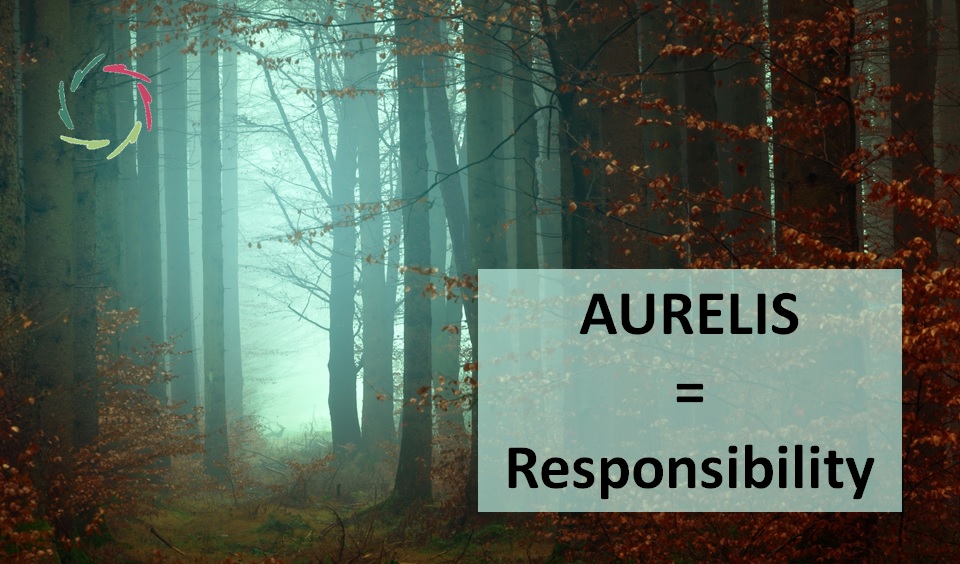About ‘Now’ during an AURELIS Session

This is important each time someone uses an AURELIS session. At the same time, it’s something for the ‘advanced’ user.
For one person, it is easy to swoop in; for the other, it is a job of thinking, feeling, perceiving for a while.
Of course, you can do AURELIS sessions with a specific purpose in mind.
Such as losing weight, quit smoking, getting to know yourself better through your inner guide… That’s OK.
But then you bump into difficulty because during an AURELIS session, any goal is standing in the way. An ideal session in itself is entirely aimless. That is, you do it best with an aimless mental attitude.
It’s ‘living in the now.’
‘Now’ has no purpose outside of the next ‘now,’ but since the next ‘now’ comes automatically, there is really no purpose at all. Only, over and over again, ‘now.’
Good.
Actually, ‘living in the now’ has nothing to do with time in itself.
It‘s a mental attitude.
It’s possible to think ‘now’ about yesterday or tomorrow and at the same time to not leave the ‘now.’ You are entirely present in the ‘now’… or not.
Only ‘now’ can change you.
That makes sense. Any change can only happen if there is a ‘now’ present during the change.
But there’s a lot more to it than that. To really Change (with a capital C), you have to be completely present, as a total person. So: ‘here and now.’
Having a goal during a session takes you away from ‘here and now’ on all sides. You could say: It makes you ‘invest mental energy’ in: Tomorrow, I want it this way and yesterday, It would have been better, I have to do this over there and that right here.
So if you think about tomorrow during a session, do it aim-lessly. When you think about yesterday, do it reason-less. Even the dashes before the ‘less’ are important in this, because the ‘less’ is more than its mere absence.
This is about the silence, the ’emptiness’ that is not ’empty of’ but ’empty for.’
The void that a vessel is full of potential, full of possibilities and ‘inner strength.’ This is directly about Change itself.
You see, in the ‘less,’ in the here and now, Change is just included ― for free. You get it naturally.
Without the void, however, you may start to change with just a part of yourself. That is more difficult because your ‘deeper self’ always strives for unity in the end. So there will be some unnecessary resistance. After a while, there is also likely to be a new equilibrium that is a step back from the change.
‘Emptiness’ is one of the most difficult concepts in Mahayana Buddhism (including Zen). The deep understanding of it, the grasping of it within, is regarded by many as a sign of great enlightenment.
Well. That’s not to say that we shouldn’t get anything out of it that isn’t important for the here and now, I think.
Being aim-less lies in accepting yourself the way you are.
So: with your overweight and with your desire to lose weight. The first makes the longing for the second frustration-free. Every time before you start a session, it is interesting to think about this for a moment. You can look for acceptance within yourself, also, of course, while trying to avoid frustration. If the latter does not work out so well at this point, it may be interesting for you to work with a domain such as ‘Being kind to yourself.’ That’s an excellent stepping stone to any other domain. As long as it is a bit difficult to find a nice self-acceptance before a session about the domain on which you want to work, it is recommended to work – further – on this.
Something similar is also essential towards formal meditation
on a pillow in a monastery or something.
One way to understand meditation is as ‘attention to the void,’ to the sky behind, on which the clouds (your thoughts) come and go, to the ‘non-thinking’ that is always present behind the conceptual thinking itself, to the color palette where the things that are occurring are occurring, to your deeper self, directly.
You can go to meditation with a purpose, but the meditation itself is the aim-less being itself.
So: more than just ‘having no goal.’
It is beyond’whether or not to have a goal.’
As mentioned before, this is for advanced users. But if, as a coach, you have a coachee with whom you see an opening to bring something of this in a good way, then I would definitely do it.
And, of course, you are always your first coachee yourself.
Go forward
when you go forward
and go backward
when you go backward.
You can do all kinds of things
to go towards your meditation.
You can do nothing
to enter your meditation.
Do something
and you will be
in front of another door.


